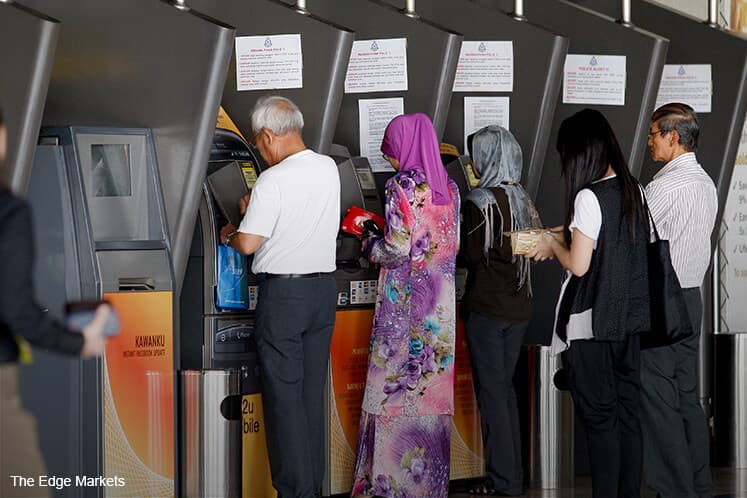
This article first appeared in The Edge Financial Daily on October 5, 2017
KUALA LUMPUR: Fitch Ratings has said most major Malaysian banks are unlikely to face difficulties in meeting the net stable funding ratio (NSFR) requirements announced last week as part of Bank Negara Malaysia’s (BNM) implementation of Basel III regulations.
It also said the banking sector has shifted towards more stable funding structures in recent years, which should reduce vulnerability to market disruptions.
“Banks will need to report their NSFR by currency. There are no currency-specific NSFR requirements, but disclosure will help BNM monitor the stability of banks’ funding sources by major currency exposure. Fitch believes Malaysia’s banking groups with significant overseas operations — such as Maybank (Malayan Banking Bhd) and CIMB Group [Holdings Bhd] — generally manage their foreign currency funding and liquidity needs well,” Fitch said.
The NSFR is a liquidity standard published by the Basel Committee for Banking Supervision, which forms part of the Basel III regulatory reforms.
“The NSFR requires banking institutions to maintain a stable funding profile in relation to the composition of their assets and off-balance sheet activities. This standard complements the liquidity coverage ratio (LCR) which has been phased in since 2015,” BNM had previously said. It also said over three-quarters of Malaysian banks have an NSFR that meets the minimum requirement, which will be set at 100%.
“Indeed, most major banks have strong domestic deposit franchises, prudent funding and liquidity policies that should help them comply with the new rules. Moreover, the banking sector’s loan/deposit ratio of 89% and LCR of 133% at end-August 2017 indicate the system’s aggregate funding and liquidity are reasonably healthy,” said Fitch yesterday.
The NSFR and LCR frameworks consider retail deposits to be more stable than corporate deposits and treat them more favourably, said Fitch, adding retail deposits accounted for around 43% of total deposits at the top five banks here at end-June 2017, up from 40% at end-2013.
Meanwhile, system-wide NSFR improved to 107% at end-June 2017 from 103% as disclosed by BNM at end-2016, Fitch noted.
Fitch expects a further move away from short-term funding, discouraged under NSFR and LCR rules.
“The NSFR metric focuses on a 12-month time frame and is likely to encourage banks to compete more aggressively for even longer-tenor deposits, and shift towards long-term wholesale debt funding.”